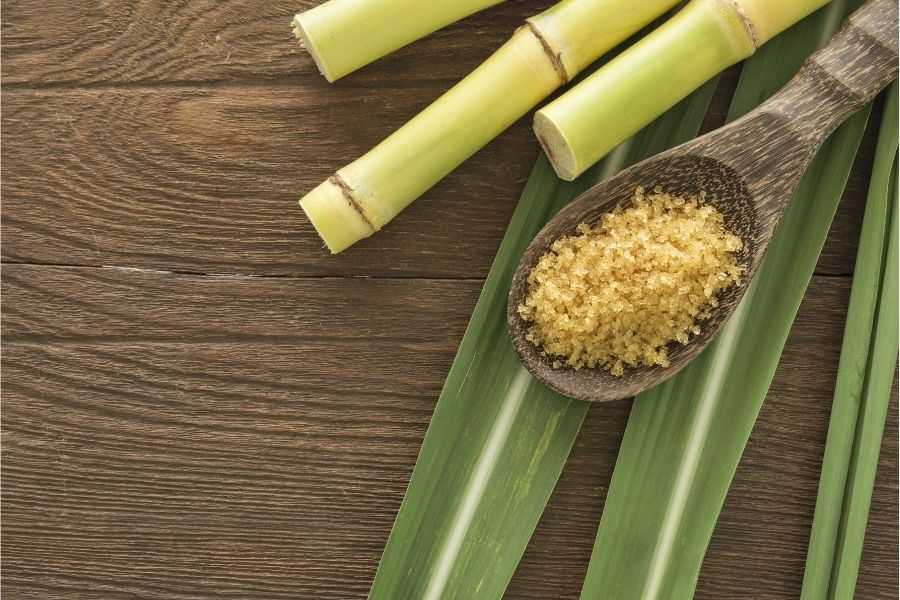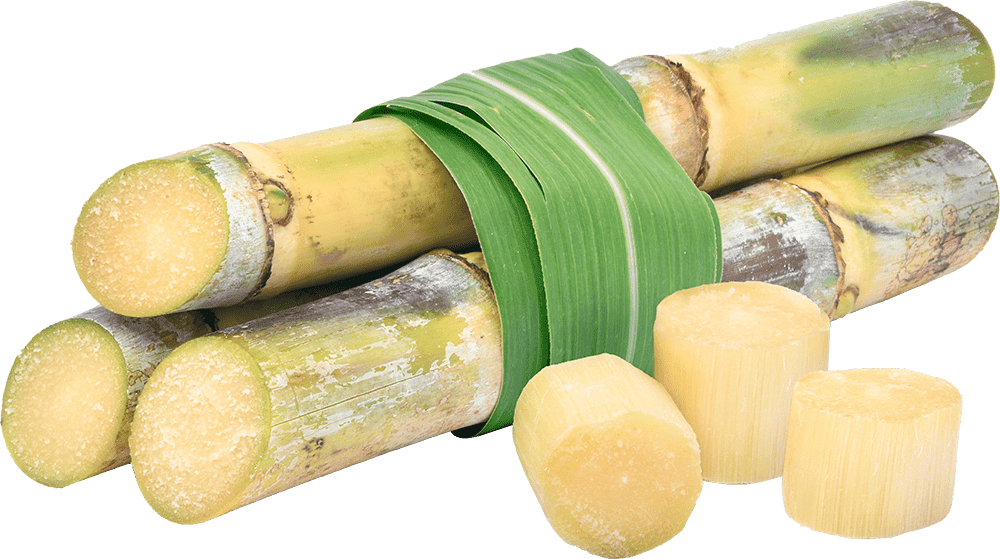Cane Sugar Processing: Traditional Methods and Modern Innovations
Cane Sugar Processing: Traditional Methods and Modern Innovations
Blog Article
Recognizing the Essential Methods and Technologies Utilized in Modern Walking Cane Sugar Processing
The evolution of cane sugar processing has been substantially formed by the assimilation of innovative strategies and technologies that address both effectiveness and sustainability. As we discover these critical advancements, it comes to be essential to examine exactly how they not only enhance production yet additionally straighten with broader market trends and consumer demands, increasing concerns regarding the future of sugar processing and its effects for global markets.
Historic Context of Walking Stick Sugar Processing
The historical context of walking cane sugar handling exposes a rich tapestry of farming innovation and social exchange that has shaped its growth over centuries. Coming From Southeast Asia, sugarcane was cultivated as early as 8000 BCE - Cane Sugar Processing. The process of removing and fine-tuning sugar acquired energy in India, where techniques for condensation were perfected around the sixth century. This understanding traversed to the Middle East, and by the 12th century, sugar became a valued product in Europe, resulting in the facility of sugar ranches in the Mediterranean.

Advanced Removal Techniques
Efficiency in walking cane sugar extraction has actually seen considerable developments, driven by the demand for higher returns and lower manufacturing expenses. This technique not just raises sugar yield but likewise reduces the energy needed for handling.
In addition, the fostering of membrane purification modern technologies, such as nanofiltration and reverse osmosis, has actually revolutionized the separation of sugar from contaminations. These methods permit for the selective permeation of sugar particles while keeping bigger pollutants, simplifying the extraction process and decreasing waste.
Furthermore, the combination of continual extraction systems has actually brought about improved operational effectiveness. Cane Sugar Processing. These systems keep a constant circulation of walking stick material, making sure optimal extraction conditions and lowering downtime connected with set handling
Ingenious Refining Technologies
Refining methods in walking stick sugar processing have undertaken a transformative change, driven by the demand for greater purity and improved item high quality. One of one of the most noteworthy developments is the fostering of membrane layer filtration technologies, such as ultrafiltration and nanofiltration. These procedures properly get rid of pollutants and colorants without the need for extensive chemical therapies, thus maintaining the sugar's all-natural taste and enhancing its allure.
One more substantial improvement is using ion exchange materials, which enable selective elimination of unwanted ions from sugar options. This technology not just increases the general purity of the last product however also adds to reduced waste and environmental impact.
In addition, developments in adsorption strategies, utilizing turned on carbon and various other advanced products, have actually shown reliable in decolorizing sugar solutions while preserving optimum quality. The combination of these cutting-edge refining technologies makes sure that suppliers can produce refined sugar with premium quality and taste, satisfying the advancing preferences of consumers.
Automation and Control Solution
Current innovations in refining technologies have actually led the way for significant improvements in automation and control systems within walking stick sugar handling centers. These systems utilize sophisticated software application and equipment to boost operational efficiency, decrease human mistake, and make sure regular item top quality.
Modern automation incorporates numerous parts, consisting of sensors, actuators, and programmable logic controllers (PLCs), making it possible for real-time tracking and control of critical procedures. As an example, flow, pressure, and temperature level prices can be exactly regulated during extraction, information, and condensation stages, maximizing efficiency and reducing waste.
Additionally, progressed data analytics and device knowing over here formulas play an essential function in predictive upkeep, allowing drivers to expect equipment failings before they take place. This positive strategy not just reduces downtime but additionally prolongs the lifespan of equipment.
On top of that, automation assists in the application of Industry 4.0 principles, empowering sugar mills to accomplish greater connection and data exchange across procedures. Therefore, decision-making ends up being more educated and agile, eventually enhancing the general competitiveness of walking stick sugar production. With these advancements, the sector is well-positioned to satisfy expanding global needs while maintaining operational quality.
Sustainability Practices in Sugar Production
Sustainability methods in sugar manufacturing have come to be significantly crucial as the sector looks for to balance economic feasibility with ecological responsibility. As consumer awareness grows pertaining to the ecological impacts of agricultural methods, sugar manufacturers are taking on ingenious approaches to reduce their environmental footprint.
One considerable strategy is the execution of precision farming techniques, which use information analytics to maximize source usage, such as water and plant foods. This lowers waste and minimizes the effect on local environments. In addition, several manufacturers are transitioning to sustainable power sources, such as biomass from sugarcane results, to power their operations, thus decreasing reliance on nonrenewable fuel sources.
Water administration methods are also vital; rain harvesting and effective irrigation systems help alleviate water shortage issues. Cane Sugar Processing. Additionally, incorporated bug administration techniques minimize chemical use, promoting biodiversity and dirt health and wellness
Business social responsibility campaigns are arising, with firms buying local find out areas and making certain reasonable labor practices. By welcoming these sustainability methods, the sugar market not only boosts its track record however additionally adds to a more lasting agricultural landscape, leading the way for future generations.

Final Thought
In summary, contemporary walking stick sugar handling includes an array of advanced methods and innovations that dramatically boost yield, effectiveness, and sustainability. Collectively, these developments position the cane sugar industry to meet modern needs while resolving crucial international difficulties.
The advancement Click Here of cane sugar handling has been substantially shaped by the integration of sophisticated methods and innovations that attend to both effectiveness and sustainability.The historical context of walking cane sugar handling exposes an abundant tapestry of agricultural technology and cultural exchange that has actually shaped its development over centuries. Innovations in milling and refining arised, laying the groundwork for contemporary cane sugar handling.Refining methods in cane sugar handling have undergone a transformative change, driven by the need for higher pureness and enhanced product top quality.In summary, modern-day walking stick sugar processing includes a variety of sophisticated strategies and innovations that considerably enhance effectiveness, yield, and sustainability.
Report this page